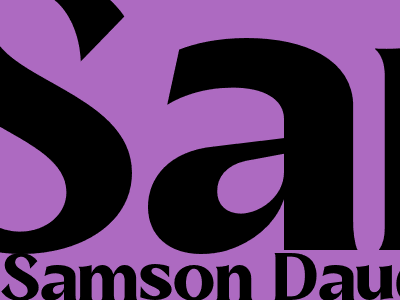11 Practical On-Page SEO Tips to Boost Your Rankings
What is On-Page SEO?
On-page SEO refers to the practice of optimizing individual web pages to improve their visibility and ranking in search engine results pages (SERPs). It involves optimizing various elements on a page, such as content, structure, and technical aspects, to enhance its relevance and appeal to both search engines and users.
11 Effective On-Page SEO Tips
1. Craft High-Quality Content: Create valuable, informative, and engaging content that provides solutions to users' queries. Use relevant keywords throughout the text, but avoid keyword stuffing.
2. Optimize Page Titles and Meta Descriptions: Write clear and concise page titles (within 60 characters) and meta descriptions (within 160 characters) that accurately describe the page's content and include relevant keywords.
3. Use Header Tags (H1-H6): Structure your content using header tags to create a logical flow and indicate the hierarchy of information. Use H1 for the main heading and H2-H6 for subheadings.
4. Optimize Images: Use descriptive file names for images and include alt text to provide a text description of the image for accessibility and search engine indexing.
5. Create Internal Links: Establish a well-structured internal linking strategy by linking to relevant pages within your website. This helps distribute link equity and improves site navigation.
6. Optimize Page Speed: Ensure your page loads quickly by optimizing images, minifying code, and leveraging caching. Page speed is a crucial ranking factor for both desktop and mobile searches.
7. Use Schema Markup: Implement schema markup (structured data) to help search engines understand the context and content of your page, enhancing its visibility in SERPs.
8. Optimize for Mobile: Ensure your website is mobile-friendly and responsive to provide a seamless user experience on all devices.
9. Fix Broken Links: Regularly check for and fix any broken links on your website, as they can negatively impact user experience and SEO.
10. Use Social Media Integration: Encourage social media sharing by including social sharing buttons on your pages. This can increase brand visibility and generate backlinks.
11. Track and Monitor Results: Use analytics tools like Google Analytics to track the performance of your on-page SEO efforts and make necessary adjustments based on data-driven insights.


Comments